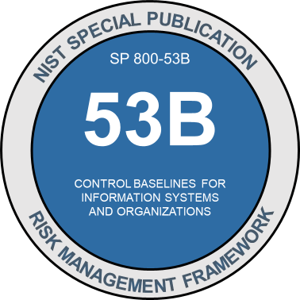Q: Do I need any specific hardware or software to access the courses?
A: The course presentations can be accessed using a web browser on a wide range of devices, including desktops, laptops, tablets, and smart phones.
Q: What web browser is best for viewing the course material?
A: To view the course content, please use an up-to-date version of Microsoft Edge, Mozilla Firefox, Google Chrome, or Safari browsers. For mobile device users, iOS 14 or Android 7 is recommended.
Q: Can I pause the course and resume it later?
A: You can leave the course at any time and resume it from where you left off by enabling cookies for this website in your browser. If you are using the browser in private or incognito mode, cookies are deleted after the browser is closed and the course cannot be resumed.
Q: Can I skip ahead to expedite the course?
A: Clicking on the “NEXT >” button will not allow you to advance to the next slide without viewing the entire current slide. It has been reported that manually skipping to the end of the current slide, using the slide timer, may cause the playback to freeze and require the course to be restarted.
Q: What should I do if I am encountering technical issues playing back the courses (e.g., buffering issues)?
A: This could be caused by many different issues. We recommend checking your internet connection, enabling cookies (so progress information can be temporarily saved), refreshing the page or restarting the internet browser, or trying the site again later.






